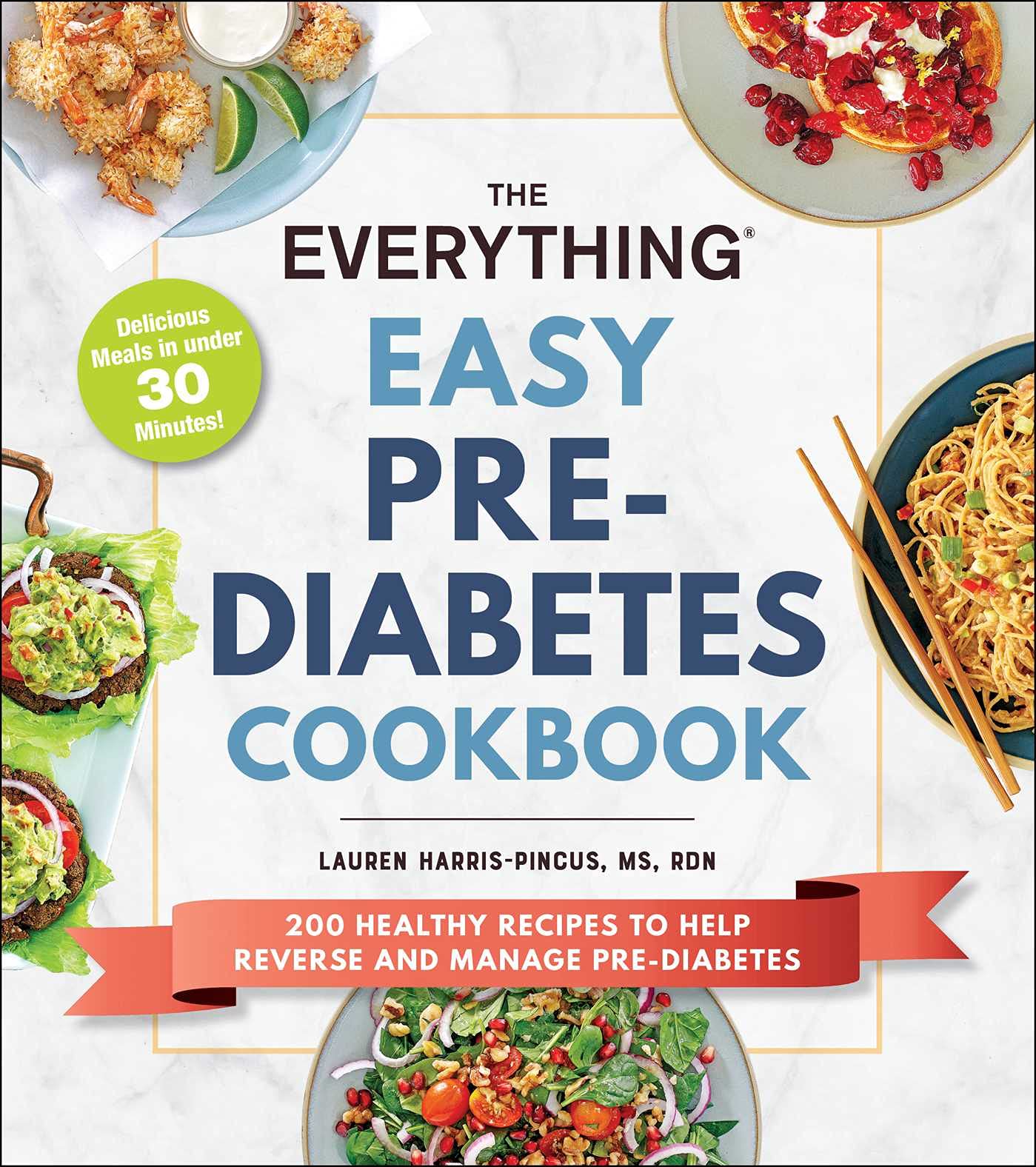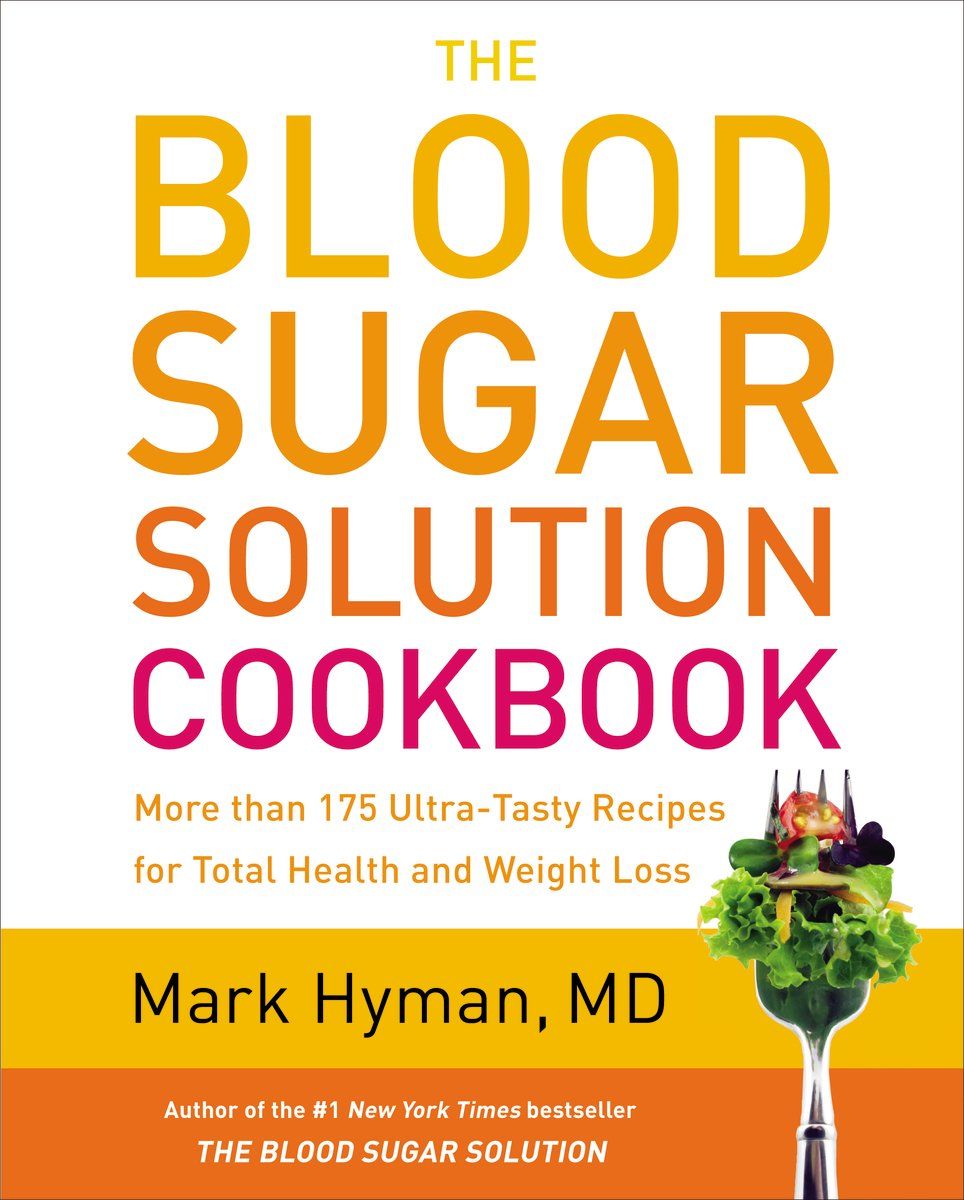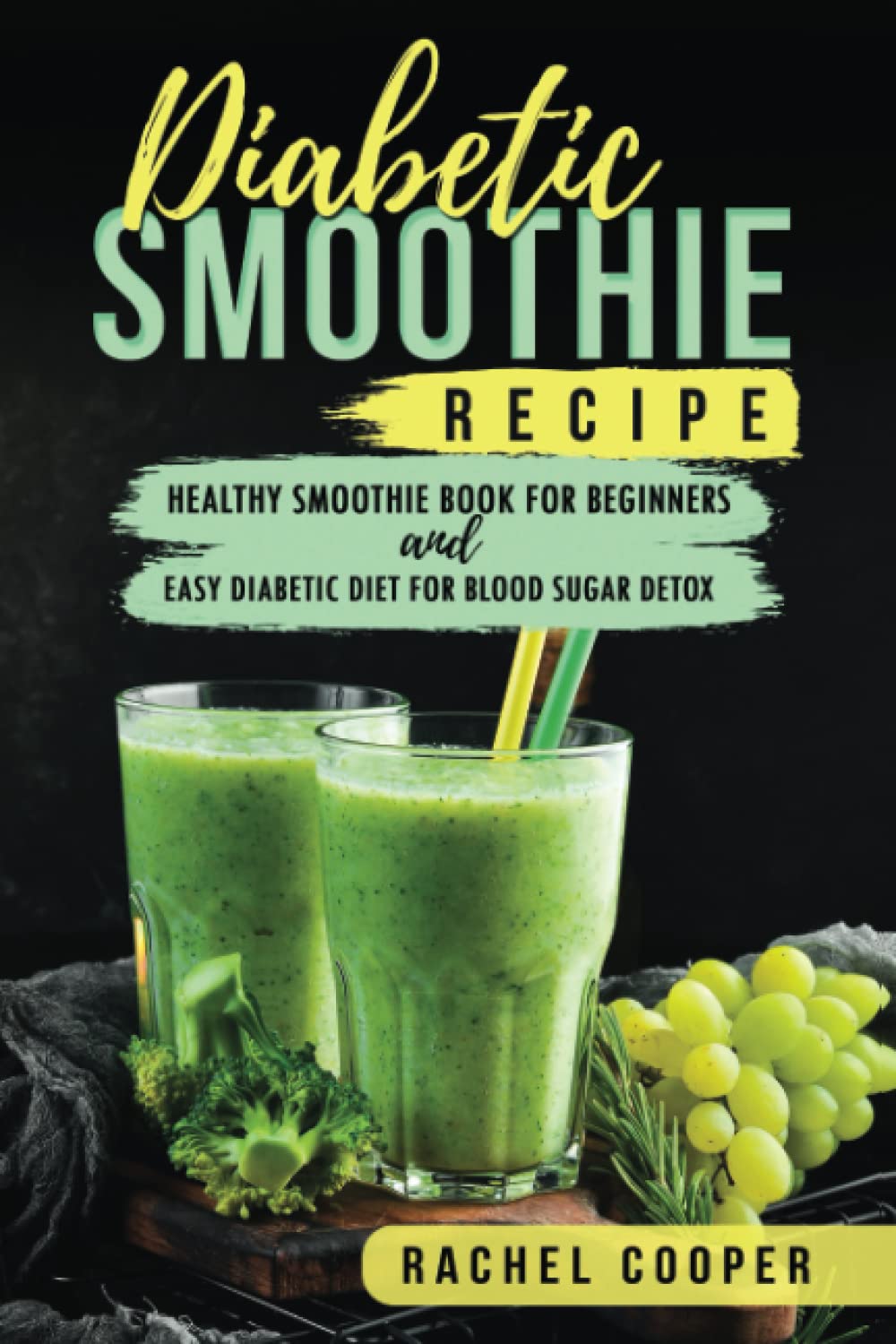What should I eat for breakfast if I have prediabetes?
If you've been diagnosed with prediabetes, you know that you need to make some changes to your diet. But don't worry, we've got you covered! Check out our list of the best breakfast options to help you manage your prediabetes!
Are you looking for a breakfast that will help you manage your prediabetes? Look no further! Eating a healthy, balanced breakfast is a great way to start your day and maintain your blood sugar levels.
There are plenty of delicious options that are low in sugar, high in fiber, and packed with nutrients. From oatmeal to eggs, yogurt to smoothies, there are plenty of breakfast options that can help you manage your prediabetes.
In this article, we’ll explore the best breakfast options for people with prediabetes. We’ll provide you with tasty recipes and helpful tips to make sure you’re getting the nutrition you need to stay healthy.
We’ll also discuss how to create a balanced breakfast that will keep your blood sugar levels in check. We’ll also provide you with information on how to read nutrition labels and make sure you’re getting the right balance of carbohydrates, proteins, and fats.
So if you’re looking for a delicious and nutritious breakfast that will help you manage your prediabetes, this article has everything you need! Get ready to start your day off right with the best breakfast for prediabetes.
A healthy breakfast for individuals with prediabetes should include a balance of carbohydrates, protein, and healthy fats to help manage blood sugar levels and keep you feeling satisfied throughout the morning.
Here are some breakfast ideas and tips for those with prediabetes:
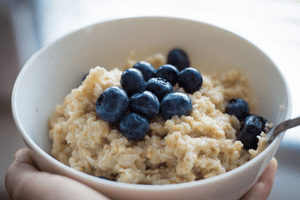
Whole grain cereal: Opt for high-fiber, low-sugar whole grain cereal, like steel cut or slow cooked oatmeal or bran flakes.
Top with fresh berries or sliced fruit and a sprinkle of nuts or seeds for added protein and healthy fats. You can also use unsweetened almond milk or low-fat cow's milk.
Overnight oats made with rolled oats, unsweetened almond milk, chia seeds, and berries. Sweeten with a small amount of stevia or erythritol if desired. Maybe add a dollop of nut butter.
Plain Greek yogurt with fruit and nuts: Choose plain, low-fat Greek yogurt, which is high in protein and lower in carbohydrates compared to regular yogurt. Top with fresh or frozen fruit and a handful of nuts, like almonds or walnuts, for added crunch and healthy fats.
Greek yogurt with fresh berries and a tablespoon of nuts or seeds (e.g., almonds, chia seeds, or flaxseeds).
Chia seed pudding made with unsweetened almond milk, chia seeds, and a dash of vanilla extract. Add berries and nuts for extra nutrients and texture.
Veggie omelet: Make an omelet with a mix of your favorite non-starchy vegetables, like spinach, tomatoes, bell peppers, and onions. Add lean protein, such as diced chicken or turkey, or a sprinkle of low-fat cheese.
Serve with a slice of whole-grain toast or a small serving of roasted sweet potatoes.
Whole grain bread toast with avocado and egg: Top a slice of whole-grain toast with mashed avocado (Avocado Toast) and a cooked egg of your choice (boiled, poached, or scrambled).
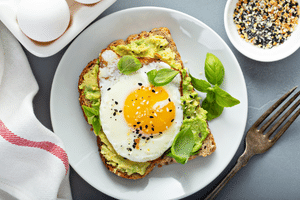
This combination provides a good balance of complex carbohydrates, protein, and healthy fats.
Smoothie: Blend together low-fat Greek yogurt or unsweetened almond milk, a handful of leafy greens, a serving of fruit (such as berries or half a banana), and a source of protein and healthy fat, like chia seeds, flaxseeds, or a scoop of nut butter.
Cottage cheese and fruit: Combine low-fat cottage cheese with fresh fruit, like berries or sliced peaches, and a sprinkle of cinnamon for added flavor. You can also add a small serving of whole-grain crackers or a slice of whole-grain toast for extra carbohydrates and fiber.
When planning your breakfast, remember to choose high-quality, nutrient-dense foods and pay attention to portion sizes to manage blood sugar levels effectively.
Experiment with different combinations of whole grains, lean proteins, fruits, vegetables, and healthy fats to find breakfast options that suit your taste preferences and nutritional needs.
The American Diabetes Association (ADA) recommends focusing on a balanced and nutritious breakfast that helps manage blood sugar levels.
When planning your breakfast, consider the ADA's Plate Method to create a balanced meal: Fill half your plate with non-starchy vegetables, a quarter with lean protein, and a quarter with whole grains or starchy vegetables.
Remember to watch portion sizes and limit added sugars and unhealthy fats. Always consult with a healthcare professional or a registered dietitian for personalized recommendations tailored to your specific needs and diabetes management plan.
Here are some foods that are generally best to avoid if you have prediabetes:
- Sugary cereals: Opt for high-fiber, low-sugar cereals instead.
- Pastries and baked goods: These are usually high in sugar and refined carbohydrates.
- Fruit juices: They can be high in sugar and lack the fiber found in whole fruits.
- White bread, bagels, and other refined grains: Choose whole-grain options instead.
- Sweetened yogurts: Go for unsweetened or low-sugar varieties.
- Fried or greasy foods: Avoid high-fat, fried breakfast items like bacon, sausage, and hash browns.
- Sugary coffee drinks: Stick to black coffee, tea, or coffee with minimal added sugars and milk.
A balanced breakfast for someone with prediabetes should focus on lean proteins, healthy fats, and high-fiber, low-glycemic carbohydrates.
If you have prediabetes, eating a healthy and balanced breakfast is key to managing your condition. By choosing foods that are high in fiber and protein and low in sugar, you can help keep your blood sugar levels in check and improve your overall health.
Oats, eggs, Greek yogurt, and other high-fiber foods are all great options for a prediabetes-friendly breakfast. You can also mix in some healthy fats and complex carbs for added energy.
With a bit of creativity and planning, you can create a delicious and nutritious breakfast that will help you manage your prediabetes and fuel your day.
I have chosen some great cookbooks that specifically focus on foods that are good for someone with prediabetes.
When you shop through links on our site, we may earn an affiliate commission. This educational content is not intended to be a substitute for professional advice.

Eat Real Food Or Else
A Low Sugar, Low Carb, Gluten Free, High Nutrition Cookbook for the 21st Century



